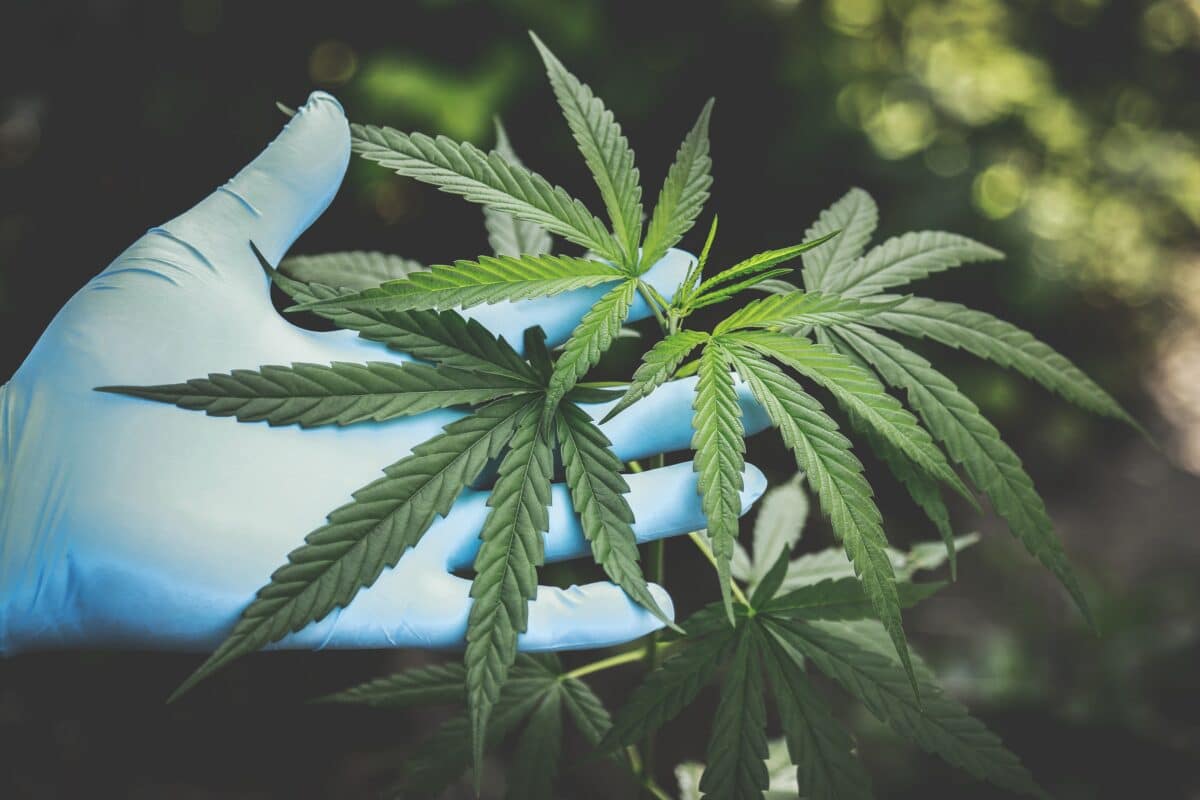Cannabis plants are susceptible to many pests, including insects, mites, fungi or bacteria. What’s more, the pests associated with cannabis are different between outdoor grows and indoor grows.
An infestation is far easier to deal with if caught early, so you should ensure you are checking your plants regularly. It’s important to manage any pests at your site because the damage they pose can stunt plant growth and decrease the yield and quality of the final cannabis product.
Only pest control products and/or pesticides that are approved for use on cannabis may be used at your facility. These pesticides may be considered in combination with other techniques as part of an integrated pest management (IPM) program to effectively manage pests in cannabis.
So, what exactly is an IPM?
In sum, an IPM is a decision-making process for managing pests in an effective, economical and environmentally sound way, which includes the following six elements:
- Prevention: Prevention is key! If you prevent pest problems Before they occur, the need for other control measures, such as pesticides, is dramatically reduced. A strong focus should be placed on keeping mother plants clean and pest free, because mother plants are the source of cuttings or clones. Therefore, any pests accumulated in mother plants can be very easily transmitted throughout your production facility, which is definitely something you want to avoid! Some good prevention strategies include:
– Adopting good sanitation procedures
– Choosing plant varieties that are resistant to pests and diseases
– Providing plants with good ventilation and air flow
– Using pest traps (e.g. glue boards, fly lights) outside your facility to prevent pests from entering
– Limiting visitors to your site
- Identification: When a potential pest problem arises, the pest must be correctly identified so that you can select the appropriate treatment and prevent any further damage. Learning about the pest’s behaviour and life cycle will guide decisions on when to take action, what techniques to use to reduce the number of pests, and how to prevent additional pests from entering your facility. If you need help identifying pests and plant problems, contact a crop advisor, garden center, pest control company, master gardener, or send a sample to a plant diagnostic lab.
- Monitoring: Monitoring is important because it provides the information required to make decisions about the timing and location of treatments, and whether they are necessary. Monitoring programs include regular inspection for pests or signs of their presence. It is also important to monitor for natural enemies of pests as they can help to suppress pest populations. For some pests, visual inspections (insects, diseases, weeds) and/or counts of insects caught in traps are used to estimate pest populations.
- Action Thresholds: The “action threshold” is defined as the level of pest population where intervention and control is needed. You will need to determine how much damage is acceptable, and when is the best time to control the pest. This will vary with each type of pest you encounter, and it will be different for each pest and crop combination. The action threshold depends on:
– What part of the plant is affected
– The extent of the damage
– The purpose of the plant in the landscape
– The cost of the treatments
– The impact on beneficial organisms
– The user’s tolerance of pests or damage
- Management options: One or several control methods may be coordinated into an Integrated Pest Management program to target a certain pest, or several pests. These options may include a combination of behavioral, biological, chemical, cultural and mechanical methods to reduce pest populations and damage to acceptable levels.
– Cultural preventative methods: Resistant varieties, crop rotation, pruning, plant nutrition and sanitation
– Physical and mechanical methods: Barriers, screens, traps and mulches, flame, infrared and hot-water weeders
– Biological control agents and beneficial insects: Predatory and parasitic insects, beneficial nematodes and microbial controls
– Pesticides: Includes synthetic and naturally derived pesticides, insect growth regulators, and other products. Where pesticides are used, they should be chosen for compatibility with Integrated Pest Management practices.
- Evaluation: It is crucial that you conduct follow-up monitoring or inspections to find out how successful the Integrated Pest Management program has been. Record what worked and what didn’t, keep the records and review them to help plan pest prevention and management activities.
Hopefully the information above gives you a solid understanding of pest management and how to implement an Integrated Pest Management System at your site.
Contact us today for a free consultation, and let us help you get started on the path to obtaining a cultivation licence and running a successful cannabis business!
How we can help you
At Cannabis License Experts, we provide you with the guidance to plan your cannabis business, acquire funding, navigate the legal requirements, and acquire the appropriate licence for your operations. As the Canadian cannabis industry develops, more and more licensed producers will be needed to meet the demands of consumers.
Cannabis License Experts offers support from day one of starting your cannabis business, including strategic planning, floor plan preparation, site audits, SOPs, Preventive Control Plans (PCPs) and more.
Our Edibles Compliance division can provide you with a solid plan for your edibles business to help get your products on store shelves.
Resources


